Order Echinostomida | Phylum Platyhelminthes Family Cathaemasiidae Scientific name Ribeiroia ondatrae Rank Species | |
 | ||
Similar Ribeiroia, Flatworm, Digenea, Planorbella trivolvis, Pacific tree frog | ||
Ribeiroia ondatrae is a parasite in the genus Ribeiroia, class Trematoda, Phylum Platyhelminthes, believed to be responsible for many of the recent increases in amphibian limb malformations, particularly missing, malformed, and extra hind legs.
Contents
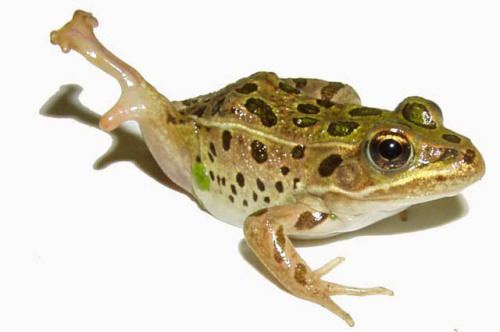
In recent studies, it was found that in areas infected with R. ondatrae, the population of amphibian limb malformations was much higher than populations in which this trematode was not present. Each species studied showed varying results. For example, amphibians of species Hyla regilla, Rana aurora and Taricha torosa were found to physically display a higher frequency in the number of abnormalities.
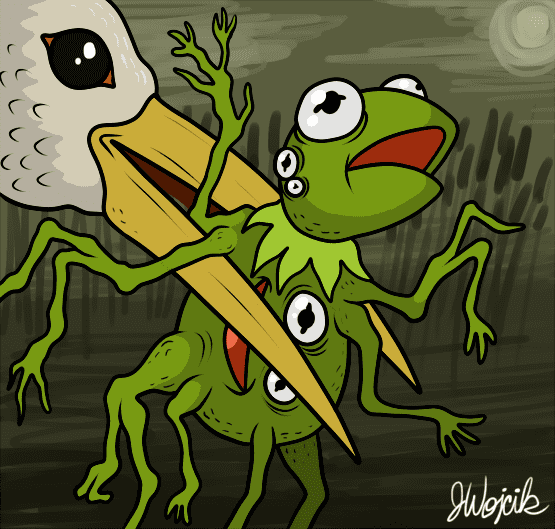
The exact mechanism of deformation has not been determined but it has been theorized that deformation results from mechanical disruption of the cells involved in limb bud formation during the amphibian larval stage.
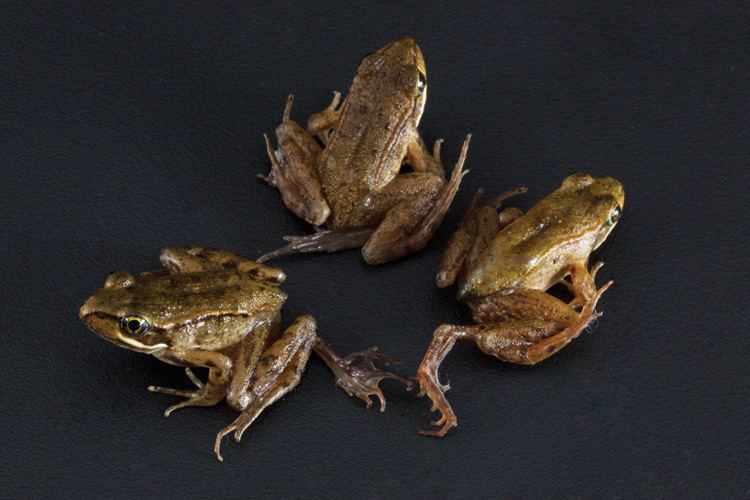
Life cycle
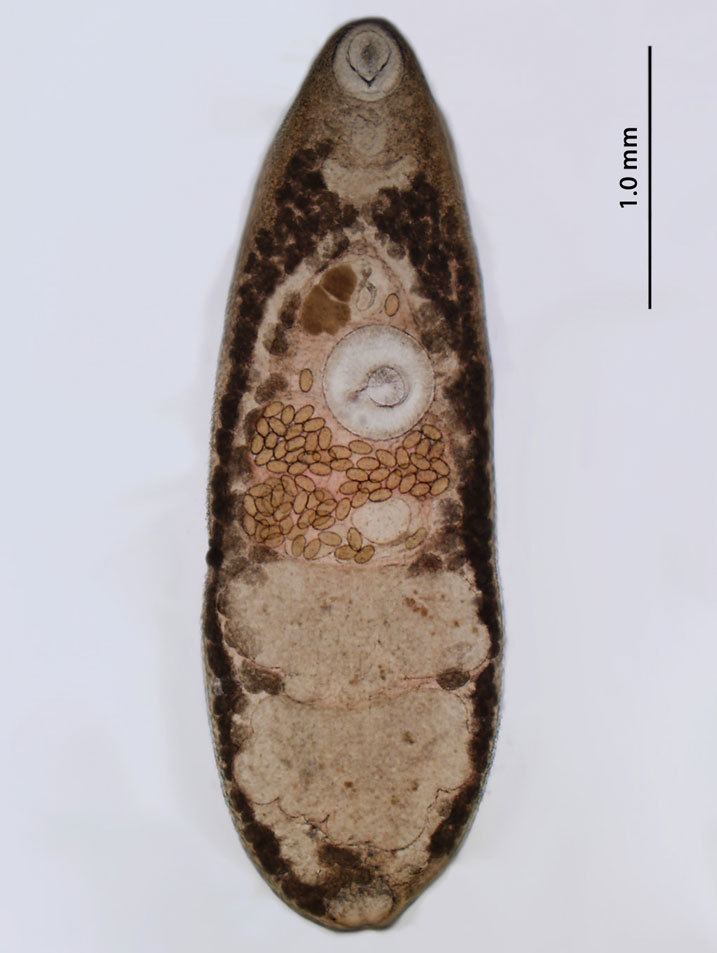
First intermediate host are ram's horn snails. Second intermediate host are fish and larval amphibians including frogs and salamanders. Inside of amphibians, cercariae are attracted to limb bud regions where the hind limbs form. As a result, large numbers of metacercariae encyst near base of the hind legs. Definitive host are predators such as hawks, herons, ducks, and badgers.
The abundance of the teratogenic trematode Ribeiroia ondatre has been found to increase in eutrophic (nutrient rich) waters.
Enhanced transmission

An important factor to the R. ondatrae infections is the exposure to run off nutrients or eutrophication. Fertilizers have phosphate in it which is also a predictor of larval trematode abundance in amphibians. The herbicide atrazine has proven to weaken amphibian’s immune system which causes frogs to become more prone to R. ondatrae infections which causes predators such as birds to attack the multiple or missing limbed frogs. Since herbicides and pesticides affect the prevalence of R. ondatrae in frogs it increases mortality and pathology due to extra or missing limbs.
Location of infection
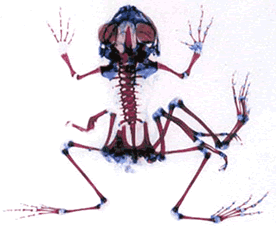
Ribeiroia ondatrae mechanism of causing malformations is still unknown, but there seems to be evidence in which areas of the body it infects more. Studies show that when frogs or toads are affected with the R. ondatrae it seems that the most common spot for any deformity is on the hind limbs. But the amount of exposure to R. ondatrae cercariae seems to show where a deformity can occur. For instance a moderate amount of R. ondatrae can affect the forelimbs of amphibians but a heavy dose of the infection cannot affect these forelimbs and only cause deformities in hind limbs.
Species infected
Green frog, Pacific chorus frog, Northern leopard frog, Long-toed salamander, California newt, Western toad, Northern red-legged frog, Columbia Spotted frog, Wood frog
